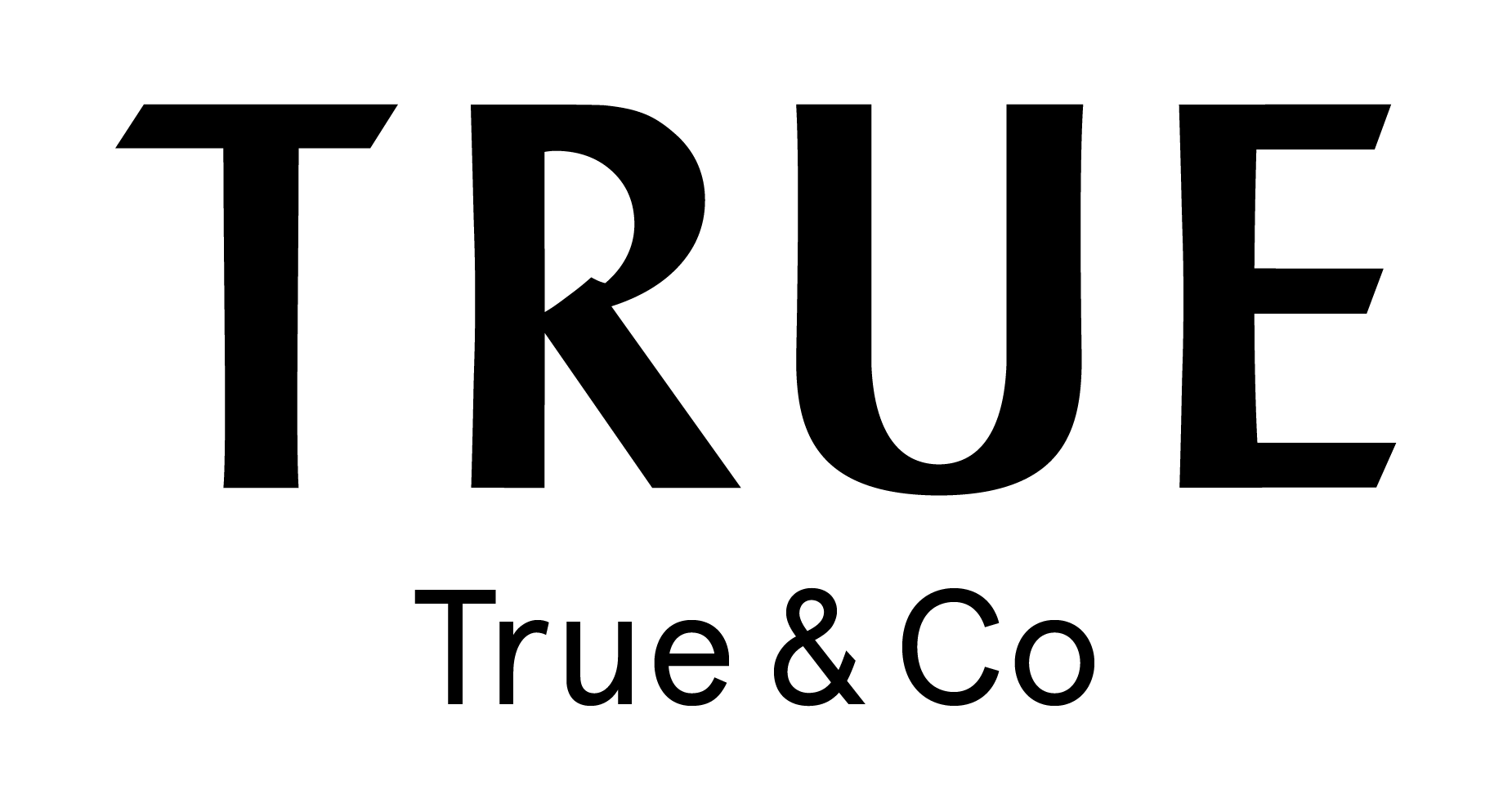Ah, the bra fitting. Starting with your first training bra to today’s overwhelming selection of options from the mall to online, finding the right fit, including style, shape and sizing can be a challenge. Something that seems so simple can often be quite confusing, so let’s break down the four keys to solving bra fit issues once and for all: band, straps, cups, and underwire.
How Should a Bra Fit?
For a truly perfect fit, all four parts of the bra need to do their respective jobs in unison. The band, which is actually responsible for most of the support, holding your bra in place. The straps, which serve to keep the cups next to your body instead of pulling away. The cups, which should fully hold your breast tissue, without any gaping or spilling over. And, the underwire, if you choose this style, which should rest on your body, behind, rather than on, the breast tissue.
Now that we’ve established roles and responsibilities, let’s dig a bit deeper to identify the most common issues and offer our best solutions:

How the Band Should Fit
No matter the type of bra, the band should fit comfortably around your body, snug but not tight. Remember to always start a new bra on the loosest hook and hook tighter as the band stretches over time. When you’re having issues with one of the other three areas such as slipping straps, gaping cups or digging underwires, often band size is the root cause, and a simple adjustment can make a huge difference.
Common Band Issues
The biggest issues when it comes to proper band sizing is a bra that rides up the front, or back, and one that leaves marks on your sides.
Issue #1: Band Rides Up the Back
Cause: a band that is too large may ride up because the weight of the breasts is pulling down the cups and straps in the front
Solution: adjust to a tighter closure or go down a band size
Issue #2: Band Leaves Marks on Sides
Cause: band is likely too tight and small
Solution: go up a band size, ensuring you adjust the cup size accordingly

How the Straps Should Fit
Remember, the band does the heavy lifting, so straps are meant to hold the bra cup in place, close to your skin. They shouldn’t dig in nor leave indentations in your skin, but instead stay comfortably in place, without slipping down your shoulders. To ensure your straps aren’t too tight, you should be able to lift them 1” (about two fingers) off your shoulders with a bit of effort.
Common Strap Issues
Often straps are the problem children of proper bra sizing, they slip out of the top of your shirt sleeve, loosen over time or dig into your shoulders causing pain and leaving behind marks. Challenge accepted sneaky straps.
Issue #1: Bra Straps Falling Down
Cause: just like the band, this elastic tends to stretch with wear and we often forget to adjust over the life of a bra
Solution: start by tightening them, if that doesn’t solve the problem, look for an alternative style, perhaps one with closer set straps for narrow shoulders
Issue #2: Bra Straps Keep Loosening
Cause: either the straps are doing more of the work than they should or the bra has simply aged beyond use
Solution: explore alternative styles such as a convertible or racerback
Issue #3: Bra Straps Digging into Shoulders
Cause: back to the band, remember, it’s your anchor and should bear the weight vs your shoulders
Solution: try a smaller band size and/or look for a style with a wider strap

How the Cups Should Fit
Once you’ve found the right cup size, your breasts should fill up the cup perfectly. While confusing at first, it helps to understand sister sizing, which means that a 34B is really the same thing as a 32C, the latter has a shorter band. Likewise, a 36A is also a B cup, with a longer band. Don’t get stuck on the letter you think you are/were, just focus on how each size quite literally cups your breasts.
Common Cup Issues
Gaping at the top of the cup as well as spillage, either out the top or on the side, are the most common complaints when determining cup size.
Issue #1: Bra Gaps at Top of Cup
Cause: extra room in the cup indicates a cup size that is too large, or again, a bra that has aged beyond use (stretch cup bras can lose their shape over time)
Solution: start by tightening the straps, if that doesn’t help, go down a cup size; also, explore styles with less coverage, like scoop neck or push-up
Issue #2: Spilling Out the Top
Cause: overflow is likely caused by too small a cup
Solution: go up a size and/or explore a fuller coverage style
Issue #3: Spilling Out the Side
Cause: similar to spilling out the top, likely the cup is too small
Solution: same as above, also consider a smaller band
One additional note: If your breasts are uneven, go with the larger cup size and fill up the smaller side with an insert or push up pad.
Find Your Perfect Fit
Don’t let all of the above make the mystery of the perfect fitting bra seem even more daunting. It’s easier than it may seem to find multiple bra styles that give you options, from casual and sporty to professional or night on the town. True&Co can help you find a bra that covers shape, style and sizing plus a few personal preferences, you can be on your way to overcoming the issues plaguing your underwear drawer since puberty and off to looking, and feeling, your truest self.











